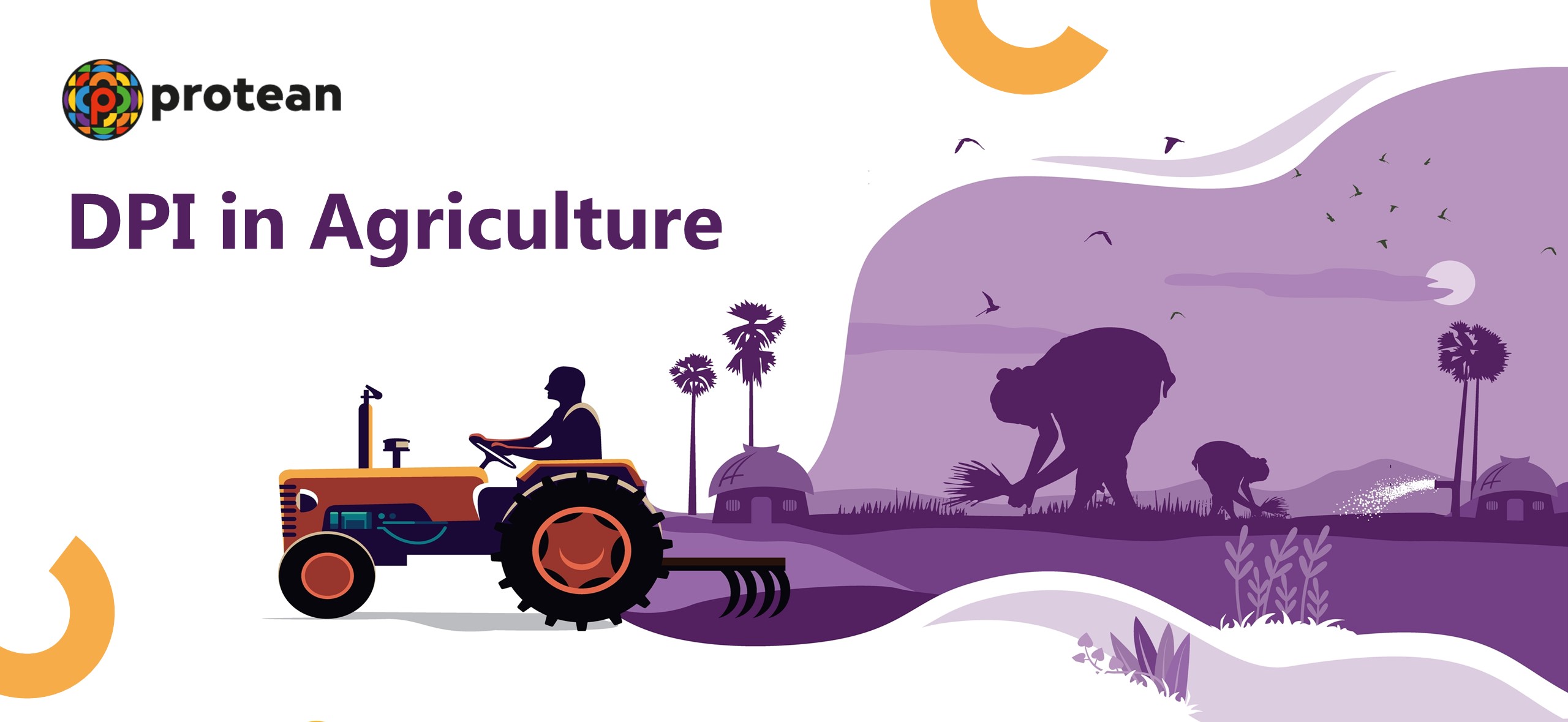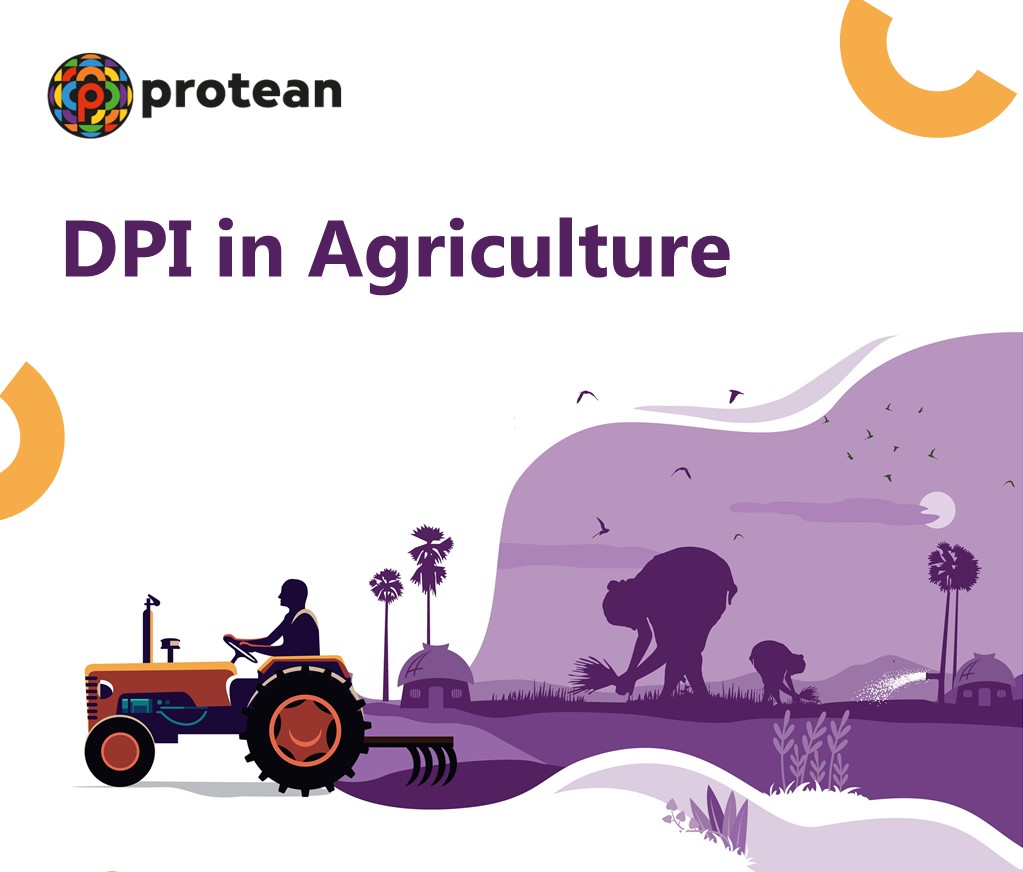The Indian Government is gearing up to transform the agriculture sector with a groundbreaking initiative – the Digital Public Infrastructure (DPI) for Agriculture. This project, announced in the recent Union Budget, aims to empower farmers and revolutionise agricultural practices through the power of technology.
This is a game-changer that promises to transform the sector. But what exactly is DPI, and how will it benefit farmers?
What is Digital Public Infrastructure (DPI) in Agriculture?
DPI represents a comprehensive approach to leveraging technology for societal goals. Unlike traditional digital infrastructure, DPI integrates technology, markets, and governance to create public goods that drive development, inclusion, and innovation.
Key Features of DPI
- Shared Digital Systems: Secure, interoperable systems built on open standards.
- Equitable Access: Ensuring public and private services are accessible to all.
- Governance and Regulation: Frameworks that promote development, trust, and competition.
Examples of DPI
India's success with initiatives like UPI, Bharat Bill Payments System, and Aadhaar-enabled services illustrates the potential of DPI. These systems have significantly improved financial inclusion and efficiency in public services.
How does DPI Benefit the Agriculture Sector?
"Government to facilitate implementation of Digital Public Infrastructure in Agriculture"
- Smt Nirmala Sitharaman, Hon'ble Union Minister of Finance & Corporate Affairs (#UnionBudget2024-25, Sansad Bhawan, New Delhi)#Budget2024 #ViksitBharatBudget2024 #NirmalaSitharaman pic.twitter.com/HmwadYPCIr— Agriculture INDIA (@AgriGoI) July 23, 2024
Digital Public Infrastructure in Agriculture
With DPI, the government aims to build a foundational digital framework to facilitate effective governance and citizen services. It plans to implement DPI for agriculture across the nation, covering farmers and their lands within three years. This initiative follows the principles of open source, open standards, and interoperability, providing inclusive, farmer-centric solutions.
What Are the Initiatives in Digital Public Infrastructure for Agriculture?
Objectives of DPI in Agriculture
The DPI initiative seeks to offer several solutions:
1. Empowering Farmers with Information
A digital crop survey using DPI will be conducted in 400 districts. This will provide precise data on crop yields, allowing for better planning and support for farmers. Knowing exactly how much produce is being grown, farmers can lower waste and get fairer prices.
2. Improved Land Management
Details of 6 crore farmers and their landholdings will be brought into digital registries. This will streamline land ownership records and simplify access to government schemes. No more lost paperwork or confusion about land rights.
3. Enhanced Access to Resources
DPI will facilitate Kisan Credit Cards for farmers in five states. This will make it easier for them to get loans and invest in their farms. Additionally, farmers will have better access to farm inputs, credit, and insurance through relevant information services.
4. Boosting Innovation
DPI paves the way for the growth of the agri-tech industry. With easier access to data and resources, startups can develop innovative solutions to address agricultural challenges.
Budget Allocation and Focus Areas on Agriculture
In the Budget 2024, a substantial allocation of Rs 1.52 lakh crore has been made for the agriculture and allied sectors. This budget focuses on various critical areas such as natural farming, self-sufficiency in pulses and oilseeds, and the development of DPI for agriculture. Finance Minister Sitharaman has emphasised the importance of productivity and resilience in agriculture, listing it as one of the nine priorities for the government.
Implementation and Progress
The Government of India, in partnership with the states, aims to cover all farmers and their lands with DPI in three years. A digital crop survey for Kharif will be initiated in 400 districts, integrating details of 6 crore farmers into the farmer and land registries. Additionally, Jan Samarth-based Kisan Credit Cards will be issued in five states.
The Road Ahead
The Union Budget 2024 underscores the government's commitment to transforming India's agriculture through Digital Public Infrastructure. While DPI holds immense promise, its success depends on effective implementation and collaboration between the Central Government and states. Additionally, ensuring digital literacy among farmers will be crucial to maximise the benefits of this transformative technology.
- Story by Bruhadeeswaran R.

